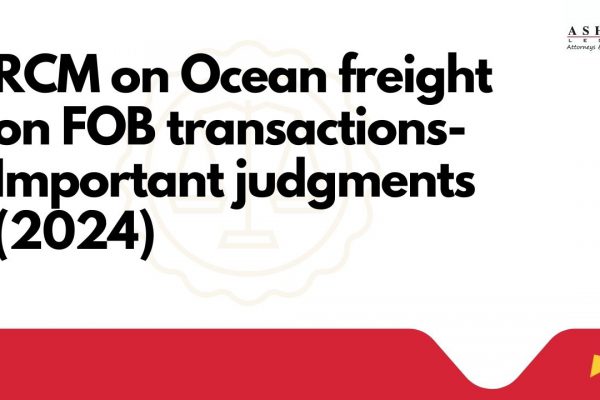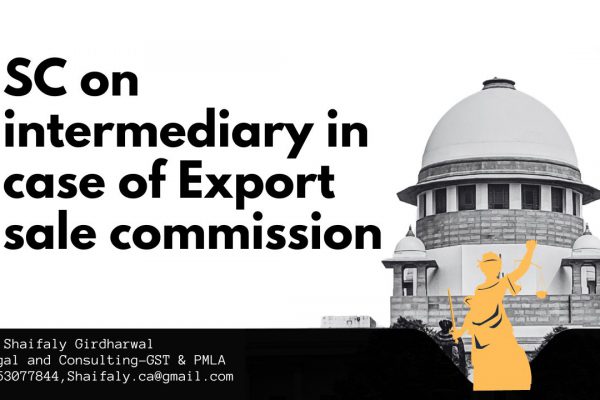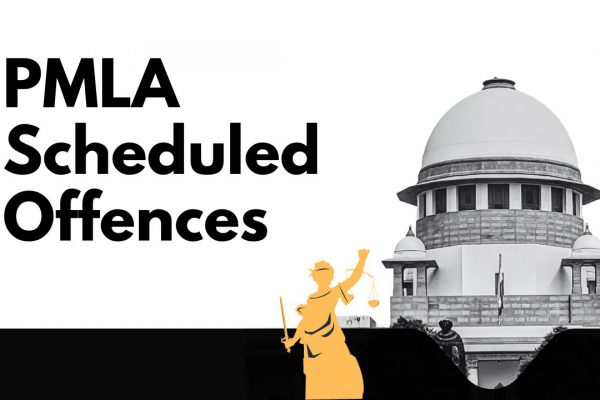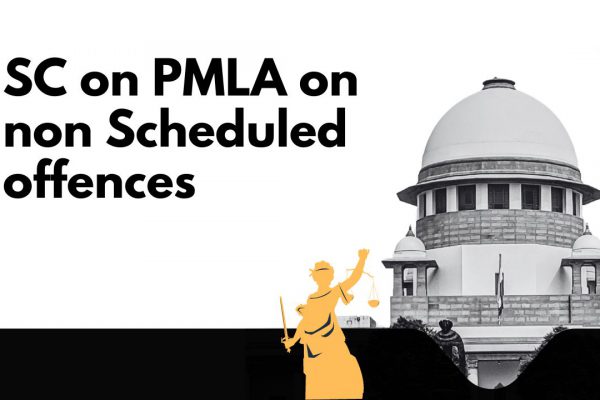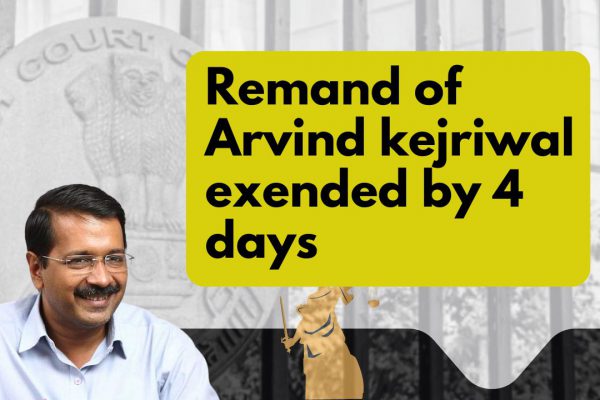Resolution to GST audit major issues based on ICAI’s Guide
Writeup from the technical guide of ICAI
Based on major issues discussed in various groups, I have tried to compile this draft.
| Table | Writeup as per technical guide of ICAI
|
| Table 9 | The purpose of the Table 9 is
a. to quantify the un-reconciled tax Payable and other amounts b. recorded in the books of accounts with amounts disclosed in GSTR 9. c. It shall help the Auditor to recommend in Part V of the GSTR 9C: a. the additional tax Liability to be paid by the Registered person b. due to Non-Reconciliation c. of taxable value in the Books of Accounts and GSTR 9. |
| Table 9.L
In relation to Interest Payable |
Since in Table 9L, the amounts of interest ought to have been payable is required to be reported for the FY 2017-18, the value of taxable supply both of inward and outward as deduced monthly should be considered.
It shall provide a clear picture of the tax required to be paid by the Registered Person on monthly basis in the GSTR 3B.
The amount of interest on GST, if any, booked in the books of accounts during the year, whether actually paid or not, may be considered only for reference and cross checking.
My comment – What is relevant for table 9.L (interest) is that auditor needs to compute interest payable, irrespective of whether the same has been captured in books or not. It is also immaterial if interest has been paid or not (that will be dealt by table 9.Q).
Auditor has to compute interest, which is RIGHTLY payable, whether the same has been disclosed in R-9/books or not, paid or not.
|
| Table 11 | In the Table 11 under Part III of the GSTR 9C, the amount of tax, interest, penalty, late fees and other dues which are payable in accordance with the non-reconciliation reported under Table 6, 8 and 10 but not actually paid as declared in Annual Return in GSTR 9 are to be reported with rate-wise bifurcation.
|
| Table 13 | Table 13 of GSTR 9C looks out for the reason of difference between ITC claimed in the books of accounts and the annual return. This should keep a check on unwarranted ITC being availed by the registered person.
|
| Table 16 | This column captures tax which is to be paid on account of differences identified in Table 13 and 15. Taxes paid in this Table should ideally be equal to the total of the differences of the two tables (when positive).
It is important to note that the Table also demand computation of interest and penalty on such ITC differential. |
Related Topic:
Points to take care in GST audit of 2018-19
Part V of Form GSTR-9C
- Part V consists of the auditor’s recommendation on the additional liability to be discharged by the taxpayer due to non-reconciliation of turnover or non-reconciliation of input tax credit. (Comment: Basically, sum total of table 11 and 16)
- Para 7 of the instructions provided to the relevant GSTR 9C makes it clear that apart from recommending any additional tax liability that may arise on account of reconciliations matters, an Auditor is also required to recommend:
- cases relating to supplies that are not reported in the annual return;
- refunds erroneously taken;
- any outstanding demands that may be settled by the Registered Person.
My comment: reference may also be made to Press Release Dated 3rd July 2019 on auditor’s responsibility.
- Performing this reconciliation accurately and analysing reasons for the differences falls within the domain of the Auditor’s responsibility. Making disclosures in respect of the differences which are accurate, exhaustive and understandable form an intrinsic part of his duty.
Related Topic:
Updated Provisions of Input Tax Credit under GST
Reasons for additional tax liability[1]
- Non-reconciliation between the books of accounts and the annual return can either occur (among other reasons) in respect of the turnover, tax paid or availment of the input tax credit.
Any additional tax liability that may arise due to non-reconciliation between the turnovers or the tax payable on such turnovers would be reported in Table 11 of GSTR 9C. Further, any additional tax liability arising due to non-reconciliation of the input tax credit are to be disclosed in Table 16 of GSTR 9C.
The amount reported in these two tables would be summarized and reported in Part V of the GSTR 9C.
- Additional tax liability may arise on account of any other amount paid for supplies not included in the annual return, erroneous refund to be paid back, outstanding demands to be settled, etc., (if any). (i.e. in addition to table 11 and 16)
- There can arise situations wherein certain other supplies can result in the payment of additional tax liability even though they were not flagged as reconciliation differences as discussed supra.
- A Registered Person may happen to avail input tax credit in a particular month which is liable to be reversed at the end of the year in terms of Rule 42 and Rule 43 upon making the complete true-up calculation. It may also be possible that the input credit was blocked on any inward supply on which the input tax credit was taken by the Registered Person. In this situation, if the Registered Person had obtained complete refund of the input tax credit taken earlier, then he is liable to refund the amount to the extent the input tax credit was not admissible to him.
My comment- This para from technical guide is giving a clear hint that reversals of Rule 42/43 etc. needs to be reported in Part V
- Interest is not automatically calculated for the purpose of payment in GSTR 3B. The Auditor is required to compute such additional interest liability that may arise due to any of the above situations. This would be part of Table 11 and Auditor’s recommendations in Part V of the GSTR 9C as well.
- If there are any other reasons why additional tax liability may be liable to be paid by the Registered Person which have not been covered above and which comes to the notice of the Auditor would be disclosed in this field. Rather than merely showing the tax amount, the exact reason why the additional tax liability is liable to be paid would also have to be specified.
Some issues on 9C
Q: Is the additional liability determined by the Auditor binding on the registered person?
A
a. At the outset, it can be inferred from the heading to Part V of GSTR 9C that the Auditor has only a recommendatory power, for recommendations given by the Auditor may or may not be acceptable to the Registered Person.
If it is acceptable, there are no further questions. But if it is not acceptable, then the question that arises is how can the Auditor resolves the issue.
b. At this juncture, the Auditor needs to exercise his professional diligence, skill, legal knowledge and care in determining any additional tax liability which is payable by the Registered Person. The Registered Person has the option to accept, reject or partially accept the recommended additional tax liability. In line with such recommendations, though not explicitly stated anywhere in the relevant Form or GST laws –
- the Registered Person can choose to make the payment of the additional tax liability in full or in part;
- the Registered Person can even choose to reject the complete recommendations of the Auditor and not make the payment at all.
c. Before an Auditor makes any recommendation about additional tax liability, due care must be exercised. For instance, in respect of commodity classification based on HSN if an Auditor believes that there are two possibilities then he may choose to place reliance on an expert opinion. In such a situation, a proper disclosure may suffice.
d. However, when looked at from the perspective of the government, the recommendation shall form the foundation for an effective show cause notice and enquiry into the affairs of the Registered Person.
[1] Page 132 of Technical Guide
If you already have a premium membership, Sign In.
 Deepak Bholusaria, CA
Deepak Bholusaria, CA
Quitters do not win, winners do not quit.
Delhi, India
Mr. Deepak Bholusaria is a commerce graduate and fellow member of the Institute of Chartered Accountants of India. He has also completed various certificate courses of ICAI on Indirect taxes, Blockchain, Information Systems Audit, and Valuation. A seasoned professional, author, speaker, public figure and YouTuber with 21 years of experience.


